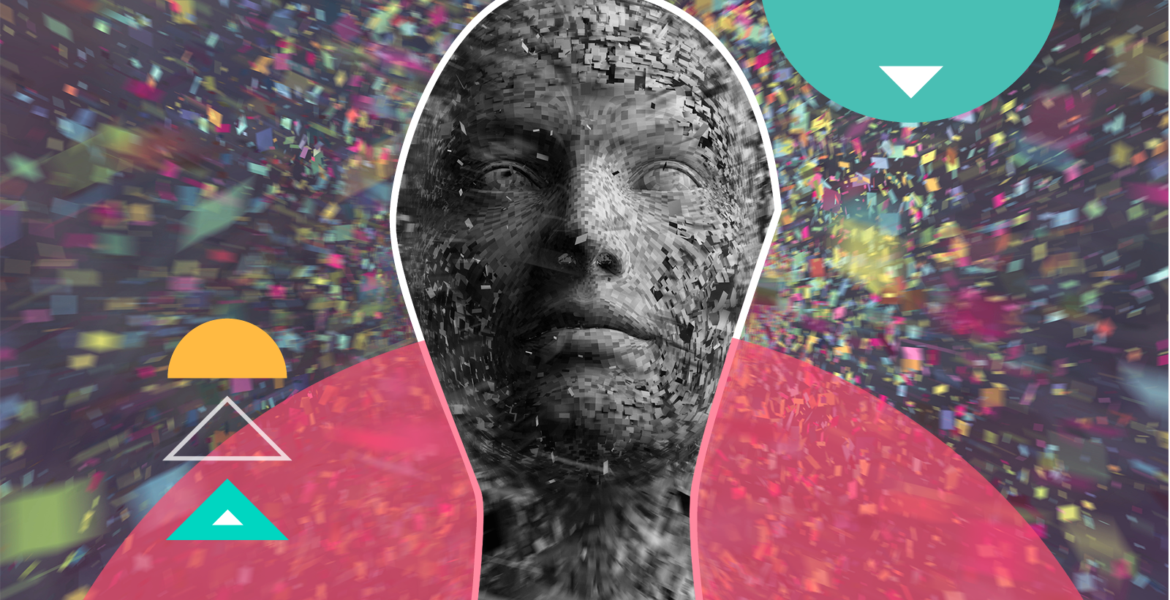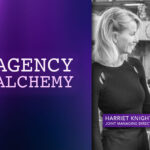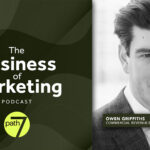By Chris Neff, Global Head of Emerging Experience and Technology at Anomaly
Here’s the thing about chaos: it has always been more than a byproduct of the creative process. It has functioned as a potent instrument, guiding us toward unpredictable breakthroughs. Chaos holds the spark that transforms ordinary thinking into groundshaking “aha” moments. But, as we race deeper into an era defined by Generative AI, relentless automation, and frictionless efficiency, it’s all too tempting to think we should eliminate every rough edge. After all, who wouldn’t want a perfect, error-free system?
Here’s the rub though: if we sand down all the corners and tidy up every stray thread, we risk losing the raw collisions that push us into unfamiliar territory. Without these sparks of disorder, we may wake up to a future where every idea feels pre-packaged and lifeless, rote perfection replaces curiosity, and cultural shifts, scientific breakthroughs, and brand stories are nothing more than lukewarm echoes of what might have been.
It’s not that perfection is inherently bad. Peter Drucker, often considered the father of modern management, emphasizes discipline and efficiency in running enterprises. But Drucker never advocated for the impossible myth of zero defects in innovation. Assembly lines might aspire toward zero defects, but what works for mass production can suffocate creativity. The moment we set a zero-defect standard for the generative, interpretive act of creation, we strangle the source of innovation itself, closing instead of opening new paths.
Look at the accidental triumphs that define our history. Alexander Fleming didn’t discover penicillin by following a careful, linear plan. A stray mold spore drifted into his lab and grew where it “shouldn’t” have, revealing a life-saving medicine. Post-it Notes emerged when a 3M researcher’s attempt at a super-strong glue failed spectacularly, leaving behind a weak but repositionable adhesive that opened entirely new uses. These moments of brilliance weren’t born from streamlined predictability. They’re examples of what Steven Johnson calls the “Adjacent Possible”, a realm of innovation that emerges when disparate ideas collide in unpredictable ways. By allowing ourselves to inhabit messier creative spaces, we enter territories where the unimaginable becomes tangible.
This logic applies just as powerfully to the advertising world. The best campaigns, like Apple’s “Think Different,” didn’t arise from a strict, by-the-book formula. They came from fearless tinkering, from letting unusual insights surface rather than smoothing them over. Goodby Silverstein & Partners’ “Got Milk?” happened because a team decided to ask a strange question and consider a problem from a radically different angle. Over the last 18 months, I’ve taught GenAI to over 800 people within and beyond Anomaly worldwide, including now in a homeschool curriculum with my own children. In every instance, I’ve urged students to engage these tools with improvisation rather than treat them as machines that spit out perfect answers. Iteration has now become the best example of effort and hard work, a necessity to achieve quality.
This embrace of chaos is just as critical in education as it is in creative industries. When schools prize standardized tests and correct answers above all else, they’re essentially telling kids not to explore the unknown. But, as Sir Ken Robinson famously argued, stifling risk-taking squashes creativity. Ed Catmull, in Creativity, Inc., reveals that true artistry and ingenuity arises not from flawless execution, but from stumbles, detours, and multiple drafts. Real learning is gritty, unpredictable, and full of side quests that sometimes lead nowhere, until suddenly they don’t. If we refuse our students the right to make mistakes, how will they learn to pick themselves up and chart new paths? How will they learn to apply the lessons of zero to one, forging something fundamentally new rather than just improving the old?
This notion aligns with the philosophy of Warren Berger’s A More Beautiful Question, where the unknown and the awkward inquiry is not a barrier but an essential catalyst. Technology and AI can indeed help us by taking on routine tasks, leaving humans free to do what we do best: wonder, wander, and wade through uncertainty. We can use automation as a scaffold, not a replacement, ensuring we retain the freedom to tear things apart, rebuild them differently, and recognize that big leaps often begin with small, shaky steps.
Yuval Noah Harari’s Sapiens reminds us that Homo sapiens prevailed not because they followed a neat, linear plan, but because they could adapt, collaborate in new ways, tell stories that transcended their immediate realities, and thrive in conditions of unpredictable change. Chaotic environments didn’t break us; they shaped us. The ability to confront disorder and wrestle meaning from it defines our entire lineage. That adaptability, that eagerness to push beyond what’s safe and known, is encoded in our DNA. By embracing it now, we honor the legacy of countless generations who made sense of a messy, shifting world through ingenuity and imagination.
So, let’s not just tolerate chaos, let’s celebrate it. Let’s resist the urge to flatten every curve and straighten every line. Instead, let’s leave room for misunderstandings that spark wild new insights, for seemingly trivial questions that send us spiraling into exciting territory, and for our children to ask “what if?” without fearing a wrong answer. By preserving chaos as an instrument, we ensure that the world remains alive with unexpected possibilities.
Think of the revolutions that might be sparked by a misunderstood brief, the brand stories born from a misread directive, the world-changing technologies that emerge from experiments gone “wrong.” Leaning into chaos means embracing the notion that there are no perfect maps for uncharted territories, that sometimes, wandering off the path leads you exactly where you need to go.
At the end of the day, chaos isn’t a bug in our system; it’s the primal force that has always propelled us forward. Embracing it affirms our humanity at a time when it’s important to remember that we are more than algorithmic outputs. By holding onto this fertile disorder, by weaving it into how we think, learn, and create, we ensure that beyond every horizon lies another, brimming with possibilities no machine could have predicted and no perfect plan could have charted.
This is our charge: to keep chaos alive so that we remain what we’ve always been, adventurous humans, testing boundaries, forging new paths, and, through the mess, shaping futures no one could have imagined. Not even ChatGPT.






